|
This year's Summer Institute: Planning for Project-Based Language Learning (PBLL) was sponsored by the National Foreign Language Resource Center (NFLRC) and L2TReC.
In order to attend this summer institute, you had to successfully complete the MOOC: Envisioning Project Based-Language Learning. Sadly, due to the current impasse, we did not get to travel to Utah but rather participated virtually with language professionals located within the USA, Lithuania and Panamá, representing these languages: Arabic, Hebrew, Japanese, Mandarin, Portuguese, Spanish and Vietnamese. As we worked on further designing our project, we were assisted by my personal shero Dr. Cherice Montgomery from BYU, and co-led by Stephen Tschudi from the University of Hawai'i - Mānoa. 2020 Summer Institute required reading: Project Based Teaching: How to Create Rigorous and Engaging Learning Experiences by Suzie Boss and John Larmer Our summer institute/project product ☞ Project Infographic
By participating in this summer institute, my takeaways have been:
Herein, I'm also sharing some of the activities shared throughout the summer institute: Proposed Project Content:
Intro:
Los objetivos de esta unidad:
Autoras presentadas: sor Juana Inés, Alfonsina Storni y Juana de Burgos
Project design:
|
||||||||||||||||||||||||||||
| Just choose your career cluster and hit GO to obtain knowledge, competencies and training for a particular career pathway. | It's ACTFL's presentation of the intersection between core subjects and 21st century skills. | A compilation of tools useful to assessing PBLL in the WL class. |
Updated August 2017:
On our first day of the 2017 Intensive Summer Institute we were taken to Hawaii’s Plantation Village (HPV) where our main objective was to help create an activity-workbook for Chinese children that would visit HPV. Currently, HPV does not have many interactive resources available for young children visiting their location other than those offered to school tours.
In this Mini-PBLL experience, we were tasked to use our tour time throughout HPV to look for possible activities that would engage Chinese children in learning more about HPV in a fun way. These activities would be incorporated and placed into an activity book.
I greatly appreciated diving-in into this mini-PBLL as we could get a broad sense of what a final product would look like. Some topics to be discussed and keep in mind where:
To conclude, you'll find below the final product of this Mini-PBLL which is an activity book for Chinese children visiting the HPV:
On our first day of the 2017 Intensive Summer Institute we were taken to Hawaii’s Plantation Village (HPV) where our main objective was to help create an activity-workbook for Chinese children that would visit HPV. Currently, HPV does not have many interactive resources available for young children visiting their location other than those offered to school tours.
In this Mini-PBLL experience, we were tasked to use our tour time throughout HPV to look for possible activities that would engage Chinese children in learning more about HPV in a fun way. These activities would be incorporated and placed into an activity book.
- Our driving question was:
I greatly appreciated diving-in into this mini-PBLL as we could get a broad sense of what a final product would look like. Some topics to be discussed and keep in mind where:
- Problem / Purpose: Our problem was already presented as we are trying to create a product that would be beneficial for Chinese children visiting HPV.
- Product: Keeping in mind that our final product would be an activity book for children under 5 yrs. old that would engage them in a fun way.
To conclude, you'll find below the final product of this Mini-PBLL which is an activity book for Chinese children visiting the HPV:
From the 2015 PBLL ISI:
I do have to admit that having the current reigning National FL Teacher of the Year - Nicole Naditz (do follow her on Twitter) and her superb note-taking skills, I decided to simply share her Google Doc.
So, without any further ado ... and thanks a ton to Nicole, here you go: Notes during the PBLL ISI.
I do have to admit that having the current reigning National FL Teacher of the Year - Nicole Naditz (do follow her on Twitter) and her superb note-taking skills, I decided to simply share her Google Doc.
So, without any further ado ... and thanks a ton to Nicole, here you go: Notes during the PBLL ISI.
We discussed the importance of PLN and you may also read and start your own or become a part of a PLN. Read more at Introduction to Personal Learning Networks.
You can access some of the tech sessions showcased in this institute by going to this Tech Blog.
Other tech highlights included:
Some other highlights were:
As with all technology, do check first with your school's tech use policies.
You can access some of the tech sessions showcased in this institute by going to this Tech Blog.
Other tech highlights included:
- Tele-collaboration: http://uni-collaboration.eu/
- https://appear.in/
- Creative Commons attribution builder: http://www.openwa.org/attrib-builder/
- StoryboardThat (which includes a presentation mode) ... something like using BitStrips or GoAnimate.
- MoveNote: It's a Chrome extension and it could be used to record yourself and then share an url to video each other's recording.
- Code editing using Fraise.
- Kahoot! came up as a tool to use in class.
- Flipgrid: This site provides a safe and close video discussion platform where students can record themselves in response to a specific prompt. Let's ignite discussions and inspire.
- Imagine how you could use this tool with student exchanges around the globe beating time differences.
- For computer users: You can start working right away; however, if you have a smartphone/tablet, you will need to download the app.
- A reading about 5 reasons for using this tool in the language classroom.
- Tricider: An online tool to post a question and have others add the pros and cons, vote on a specific issue or post, generate discussions and present information not only in writing but with video and/or graphics.
Some other highlights were:
- Syndication (compiled resources to share information w/students and the general audience),
- TubeChop.
As with all technology, do check first with your school's tech use policies.
From the 2015 PBLL ISI:
Throughout these first few days we have worked on what makes a high quality PBLL.
It's important to start using the new Gold Standard PBL
Thereafter, you need to work on creating an engaging Driving Question. Some resources that are available are:
Thanks to the experiences, techniques and guidelines shared by our presenters @senoralopez and @L_Scheller_BIE (Do follow them on Twitter), we have access to this document "World Language Product Guide by level" which helps you align your final product to your challenging problem or question.
Furthermore, we also looked at some authentic ideas that can inspire your projects:
Throughout these first few days we have worked on what makes a high quality PBLL.
It's important to start using the new Gold Standard PBL
Thereafter, you need to work on creating an engaging Driving Question. Some resources that are available are:
- PBLWorks resources
- Refining Driving Questions
- How do I create driving questions for my project? using Tubric TM
- Driving Question Round Robin
Thanks to the experiences, techniques and guidelines shared by our presenters @senoralopez and @L_Scheller_BIE (Do follow them on Twitter), we have access to this document "World Language Product Guide by level" which helps you align your final product to your challenging problem or question.
Furthermore, we also looked at some authentic ideas that can inspire your projects:
- What does it take for a project to be “authentic”
- Spanish project ideas transferable to other languages BY @sraspanlish
- Arabic project example
Updated 2017:
|
Topics: What is PBLL? / Design Planning / Learning Outcomes Menu /Crafting an Entry Level / Scaffolding Reading, and much more.
|
||||||
Crafting a compelling Entry Event to Launch your project: By using the idea of developing a unique meal, you need to:
This metaphor refers to having our students design or create a final product that in collaboration with the target audience can serve/aid them in the target language. Do note that PBLL is not intended for our language learners to all of a sudden become saviors of those in the target culture/language.
- Visualize clientele,
- develop a list of ingredients,
- iterate plate designs,
- prepare for a tasting.
This metaphor refers to having our students design or create a final product that in collaboration with the target audience can serve/aid them in the target language. Do note that PBLL is not intended for our language learners to all of a sudden become saviors of those in the target culture/language.
|
Technology used to brainstorm, create products, gathering and analyzing information, and interviewing.
|
||||||
Updated 2020 » Product Square:
The following product square is used to help you develop your PBLL project. Herein you will find the first sample product square created but do take into consideration that the newly revised one can be seen below. The revised version now includes:
The following product square is used to help you develop your PBLL project. Herein you will find the first sample product square created but do take into consideration that the newly revised one can be seen below. The revised version now includes:
- Community Partners,
- Product and Public Audience are now combined, as well as a
- Real world and Authentic purpose.
|
This is a useful checklist to make sure your PBLL fosters authenticity, sustained inquiry and community connections.
|
||||||
Although a work in progress, the following is an infographic of my "product square" prototype which makes reference to my upcoming PBLL:

Loading...
PBLL Repository:
Throughout the various intensive summer institute, participants have helped fill this repository with projects that have been designed and most likely implemented in various language classes.
Today I am adding information about the standards for PBL (with a link to other related blogs) as well as articles to reflect upon what makes a PBL or PBLL project authentic, meaningful and worthwhile.
- What does it take for a project to be "Authentic"? by John Larmer
- Using PBL to teach World Languages by Don Doehla
- PBLL News (resources)
- Quality Instruction + Differentiation: Beyond the Checklist by John McCarthy
- My first PBL Unit: Learning from my Students by Katie Spear
Are you too busy?
If you feel you just have too much to handle/manage, refer to these six blogs which can serve as a springboard to your PBL or PBLL experience: 6 Awesome Blogs for Project-based Learning.
I'm thrilled to have been accepted into NFLRC's Intensive Summer Institute on PBLL to be held at the University of Hawai'i - Manoa. As from my previous posts and from the badge I so proudly display on the right column, you can tell that I had successfully completed the initial phase of fundamentals of PBLL.
This summer, from July 27th to the 31st, as educators, we will meet and discuss how we can better implement PBLL in our classes. I truly believe that it will undertake quite some effort, research and shift how I employ projects within my classes.
I leave you for now with this reading I came across in Google+ and it comes from MindShift titled: How to create the Learning Community vital to Project-based Learning's success.
... and do follow the BIE (Buck Institute for Education) on Google+.
This summer, from July 27th to the 31st, as educators, we will meet and discuss how we can better implement PBLL in our classes. I truly believe that it will undertake quite some effort, research and shift how I employ projects within my classes.
I leave you for now with this reading I came across in Google+ and it comes from MindShift titled: How to create the Learning Community vital to Project-based Learning's success.
... and do follow the BIE (Buck Institute for Education) on Google+.
Join us this November at ACTFL 2020 for our simulive session:
Archives
June 2020
March 2019
August 2017
August 2015
March 2015
February 2015
Categories
El profe Calderón
My experiences attending the Fundamentals of Project-Based Language Learning (PBLL) Online Institute
Some of the information presented here were developed at the National Foreign Language Resource Center
with assistance from the Center for Language & Technology at the University of Hawaiʻi at Mānoa
Curated by
Cherice Montgomery, Ph.D.
Cherice Montgomery, Ph.D.
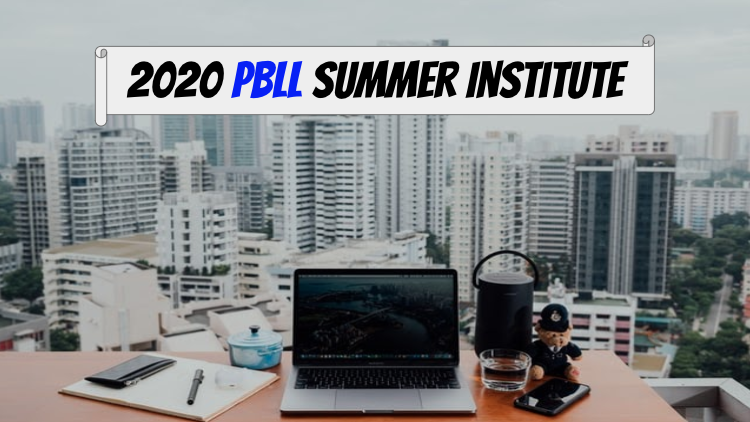


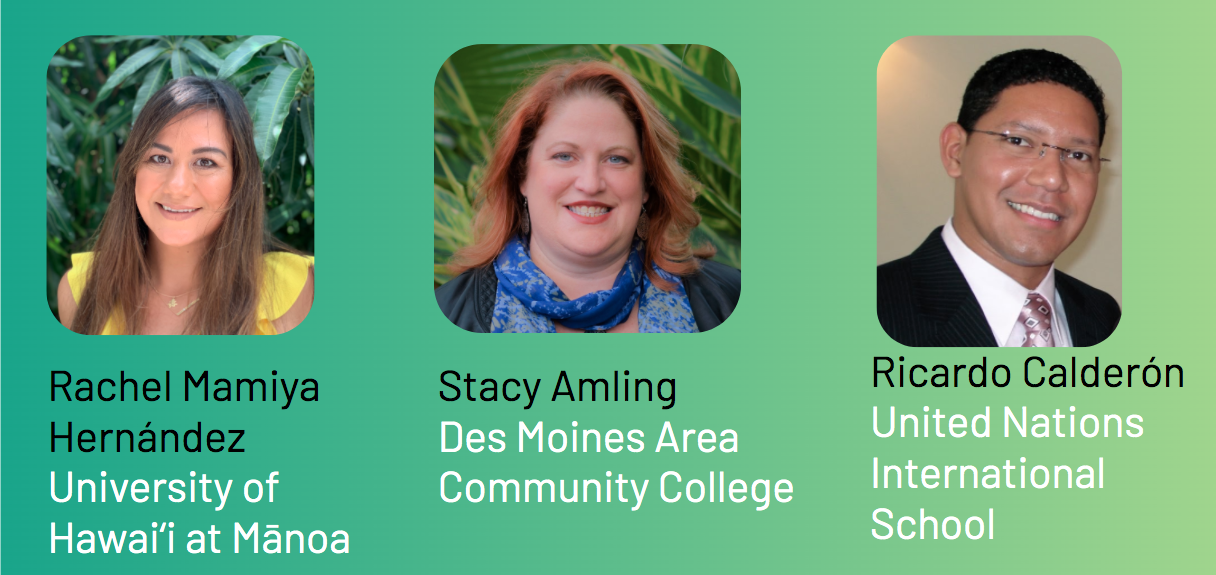
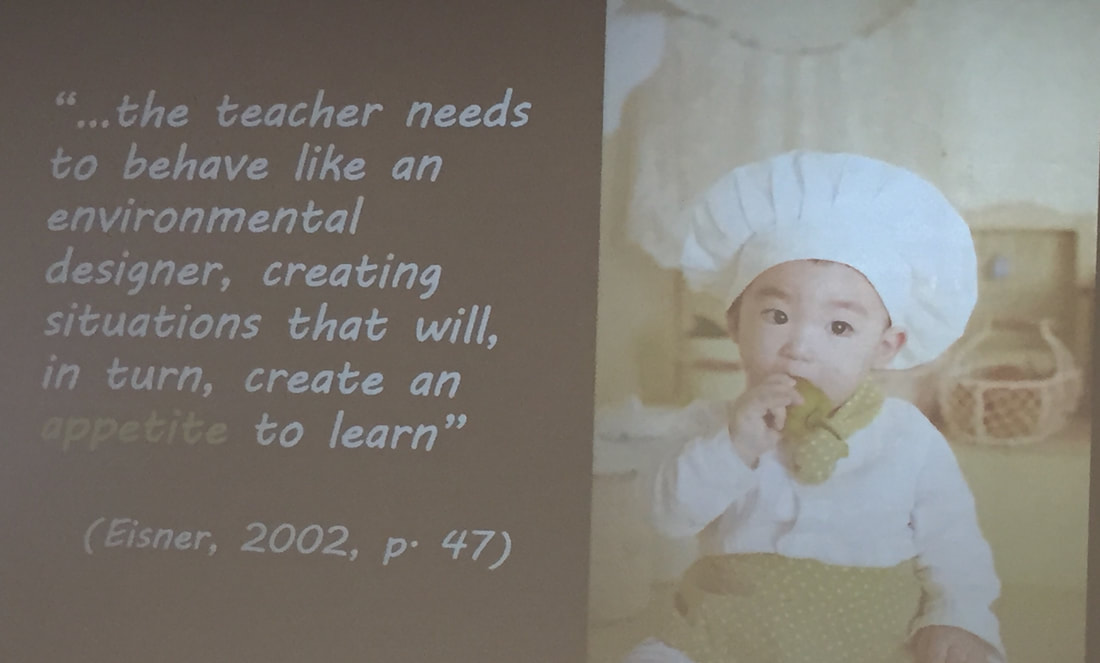
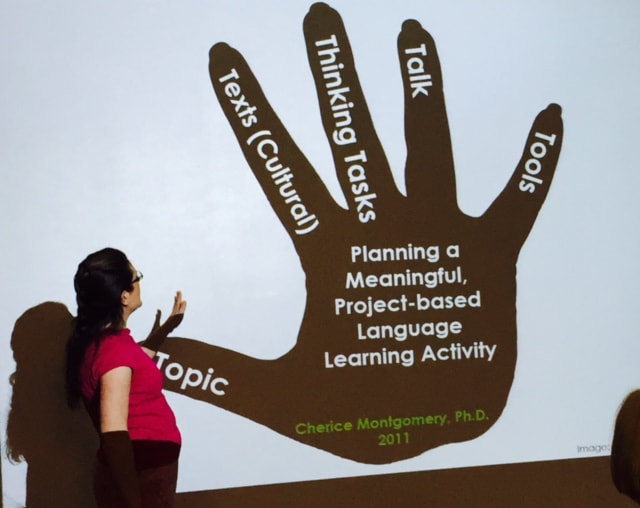
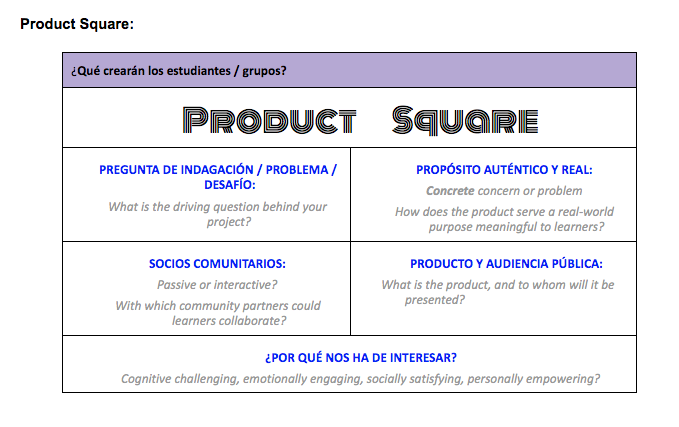
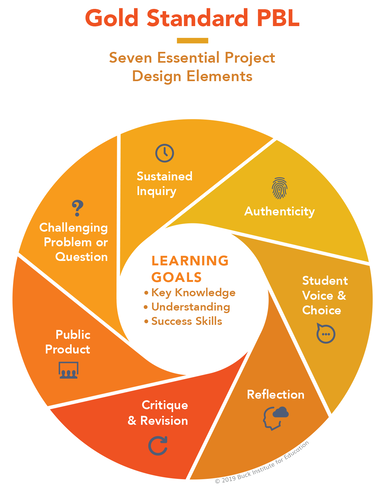
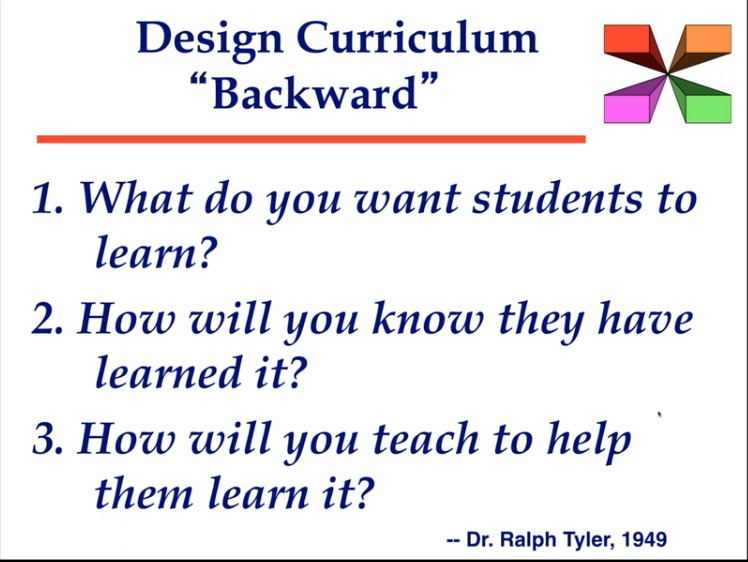
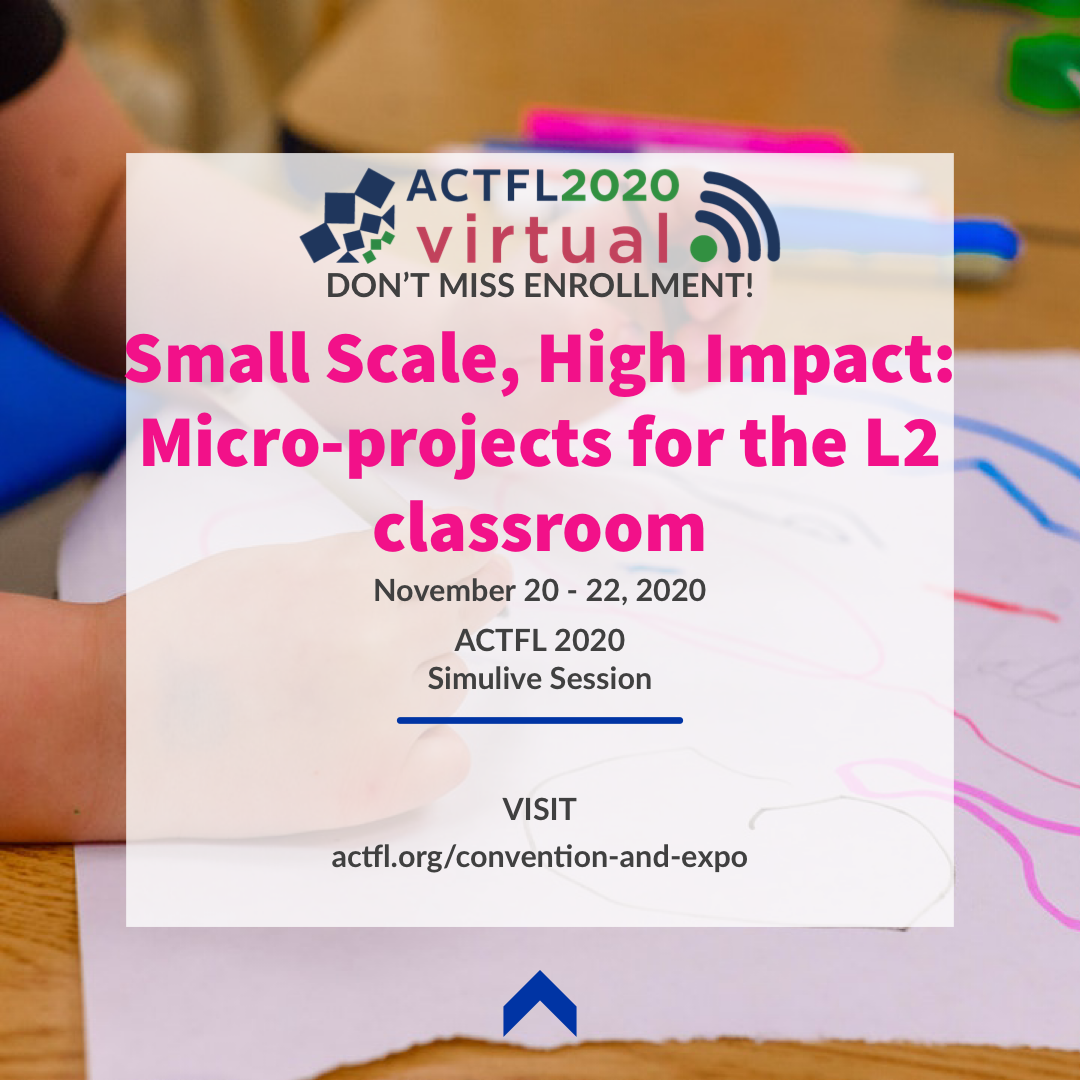
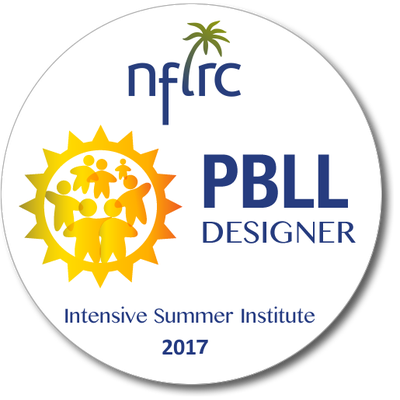

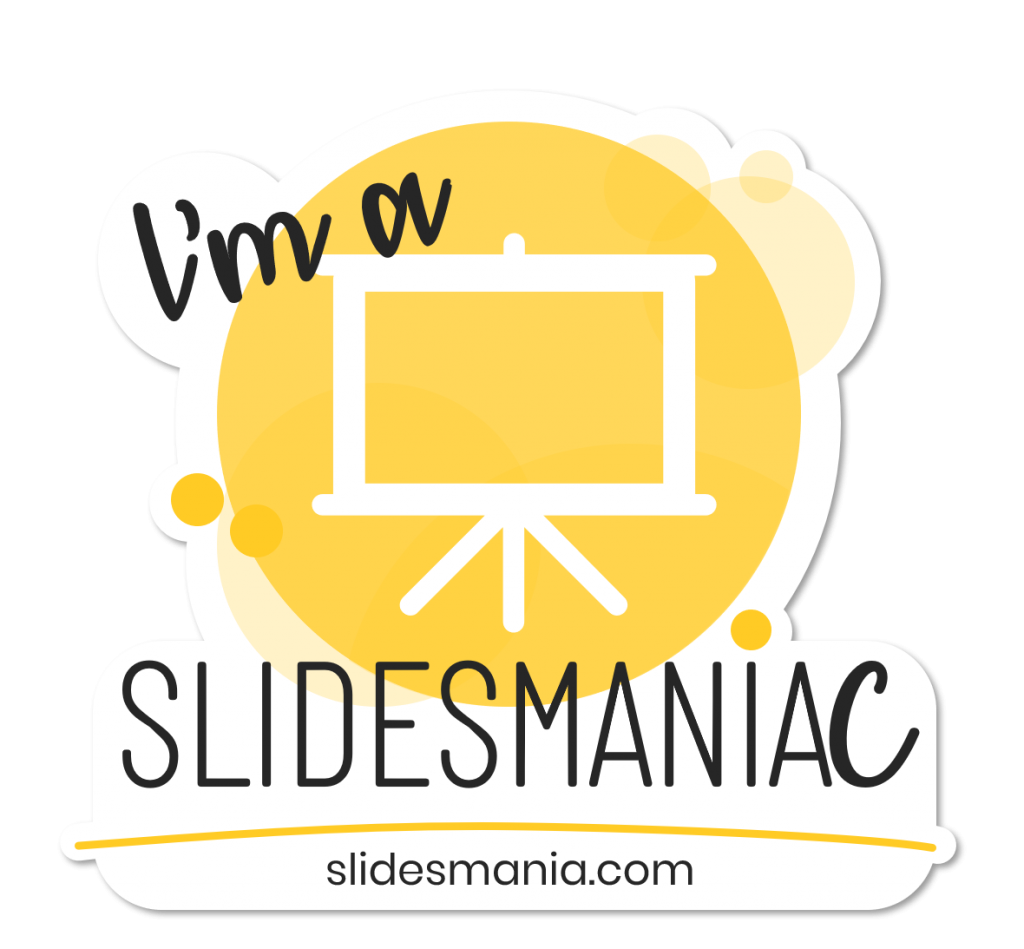
 RSS Feed
RSS Feed
